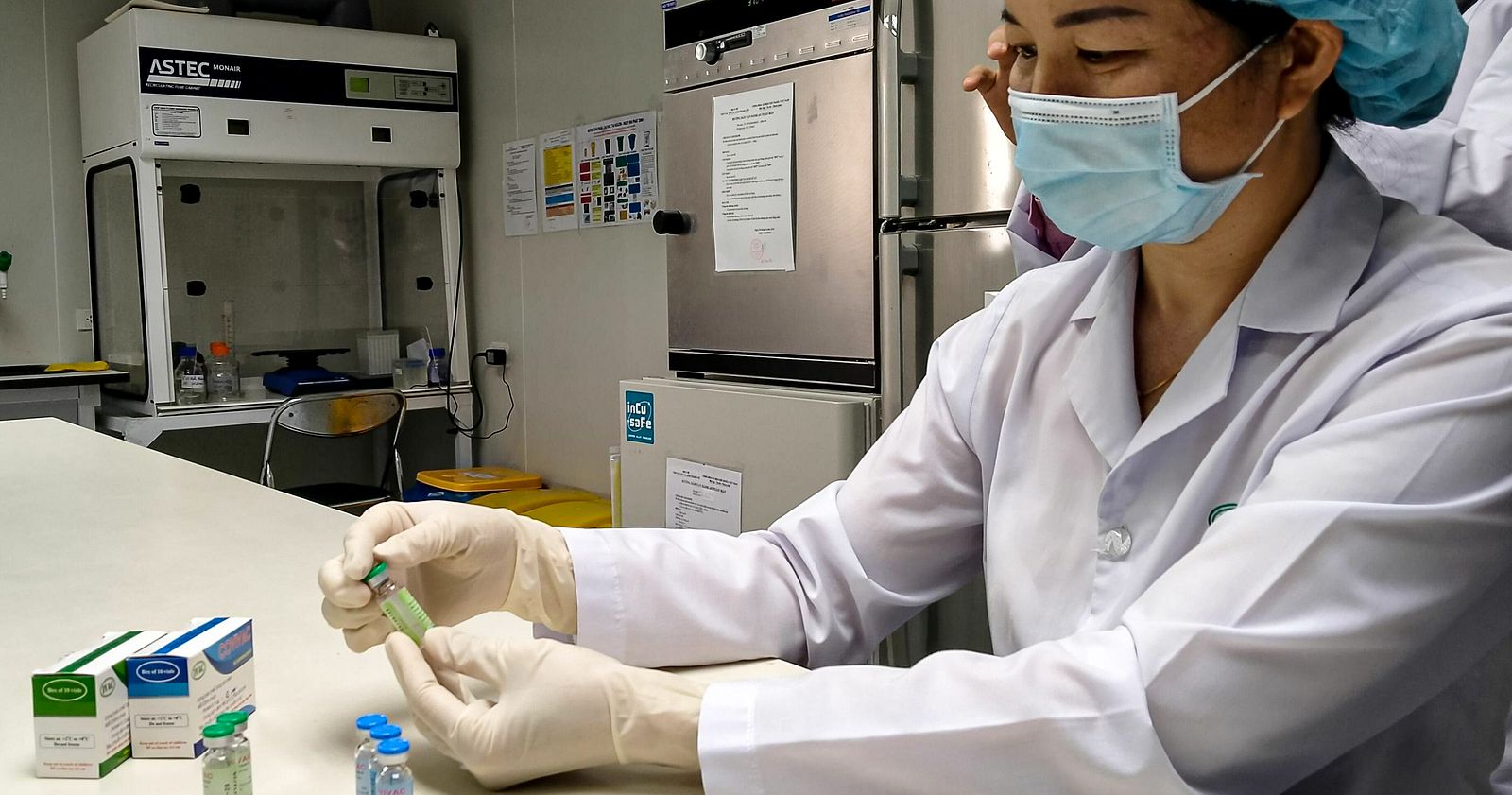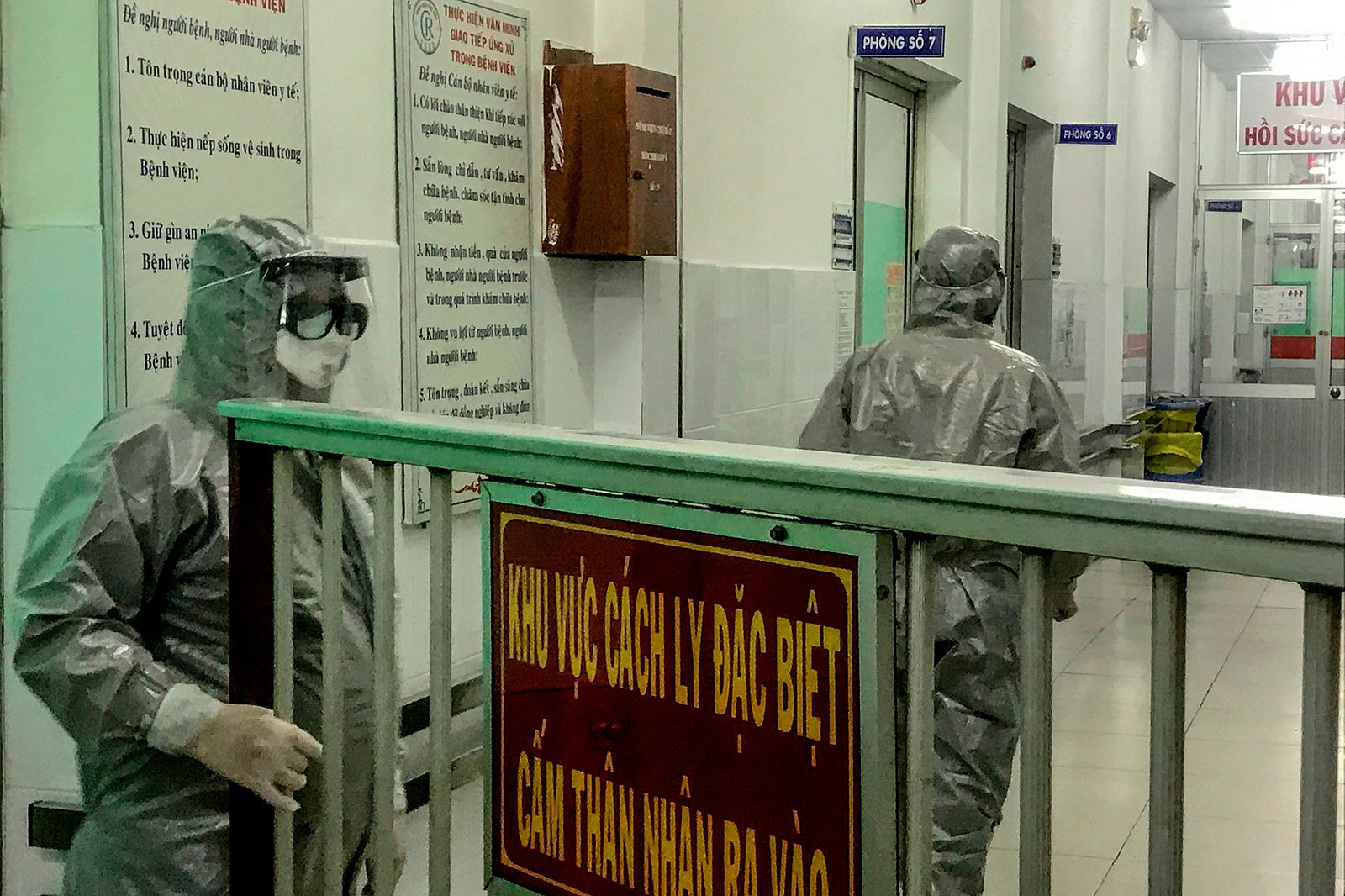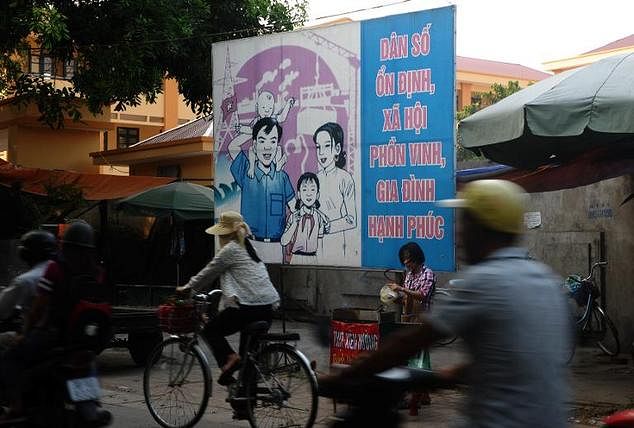The country's iodine intake has been dropping since 2006.
During a press conference on nutrition, representatives from the National Institute of Nutrition (NIN) said that iodine deficiency has again become a problem for the country, Zing reports.
Iodine deficiency, a nutritional issue that can lead to goiters (an unhealthy enlargement of the thyroid gland) and intellectual disabilities, was a major problem for Vietnam and many other countries in the 1990s. A study in 1993 found that citizens of 110 countries struggled with iodine deficiencies. At that time, the iodine concentration in Vietnamese children was 32 micrograms per liter (mcg/l) daily, while the healthy iodine intake level is 100 mcg/l.
The study prompted the government to establish a national iodine program, outlawing non-iodized salt and tighten control of the salt industry. The program eliminated the problem – the average iodine concentration in children increased to 113 mcg/l in 1995 and 122 mcg/l in 2006.
However, the problem seems to be coming back to Vietnam. According to the global scorecard released by Iodine Global Network, in 2013 and 2014, the country's average iodine concentration was 84 mcg/l, making Vietnam an iodine deficient nation again. For pregnant women, the number was 64 mcg/l, while the healthy number is 250 mcg/l. Vietnam was listed among the 20 countries who have the worst rates of iodine deficiency.
The conference cited a study by NIN in 2013 and 2014, which found that the percentage of households that provide enough iodine intake to prevent related diseases is only 60% and the percentage of Vietnamese children who have goiters is 9.8%. In 2005, less than 5% of Vietnamese children had goiters.
As it turns out, the country's iodine intake has been dropping since 2006, as a result of the government passing a new decree that no longer mandates all salt contain iodine. The funding for iodine deficiency disorder control was also cut by 90%. The global increase of the price of potassium iodate – a type of iodine-containing substance commonly used to fortify table salt – is a contributing factor to the issue.
During the conference, director of NIN Le Danh Tuyen suggested people add iodine to their diet and food manufacturers fortify the salt in their products to counter this problem. However, voluntary iodine fortification might not be enough. A conference in 2017 hosted by UNICEF and Vietnam Union of Science and Technology Associations has pointed out that making iodized salt mandatory is still essential in dealing with the issue.
"Evidence has already piled up from Cambodia, the Philippines and other countries that voluntary iodine fortification does not work. Mandatory salt iodization is the only solution to improve iodine status of Vietnamese without any behavior change," said Friday Nwaigwe – UNICEF Vietnam's Chief of Child Survival and Development.
In January 2016, the government passed a decree making salt iodization compulsory, yet many had a hard time implementing the new legislation, due to high costs, lack of governmental guidance, and skepticism about the value of food fortification.
[Photo via UNICEF]














